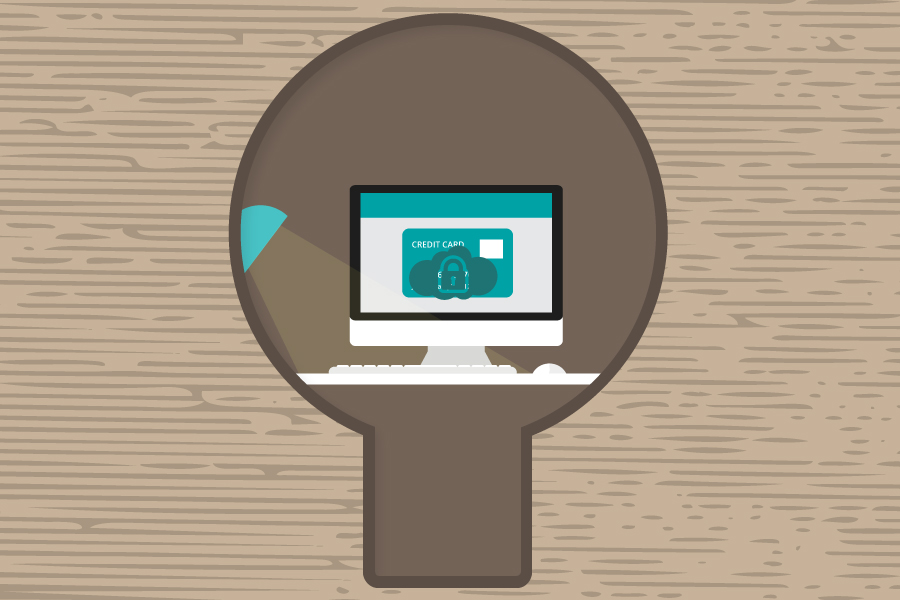How can SMEs build business growth from digital workplaces?
The most successful and promising business ventures are invariably the ones who move with the times. In modern industry and commerce, this requires not just the creation of a “digital workplace” but also knowing how to unleash its potential!
What is a digital workplace? This term describes an organisation which has fully integrated and connected its IT devices, software and cloud services. This creates a seamless flow of data end to end, supporting excellent communications, collaboration and control within the business.
This sounds fabulous, but it is often a complex and costly thing to “feed”. Particularly in the light of the way technology changes so quickly and demands updates and new investment. As soon as you incorporate a new machine, software or cloud service into your organisation, another shiny new “must-have” item appears on the horizon.
It’s hard to protect your business’ profitability if your cash flow is being syphoned off into the latest gadgets, gizmos and systems. This can leave some businesses flaying to keep up, suffering the consequences of updating or maintaining their digital workplace in a piecemeal manner.
Alternatively, you could face a situation in which you wonder what all the investment was about, as the ongoing benefits are unclear.
It’s all about using, preserving and developing your digital workplace, to be the launch pad of your business growth.
Watch your back! (and all other angles)
Having fully integrated digital systems and procedures brings with it great efficiencies and far better transparency and control.
However, it also has serious cyber security and privacy repercussions, which could take you into areas where you would struggle to survive, let alone thrive!
The advantages of increased connectivity and free-flowing data must be constantly measured against compliance requirements and corporate governance. This involves IT consultancy support but also internal management of roles and responsibilities.
For example, what limits need to be put on accessing data? Which person in each team carries out document management clean-ups? Which staff can be authors on your intranet and which can only read and comment on corporate documentation?
Policing your data systems in this way prevents disastrous errors but also keeps quality up. Clean, well organised and clutter free IT is better able to meet business objectives going forward.
Constant re-evaluation of your aims
This may sound common sense but it’s worth repeating. It is very easy to go boldly forward with new IT equipment, software or cloud services, only to discover they don’t mesh well with each other or your business working practices and goals. Battling valiantly on in this scenario is risky.
You must conduct constant health checks of your digital workplace, to find gaps, overlaps, bottlenecks or oversights.
You have two vital sources of help with this. Clearly, getting support from an IT consultant can provide clarity from a “professional outsider’s” perspective. However, the other source of important help is right in front of you: your own team!
Consulting staff on what works and what doesn’t, and how they could fulfil day to day business functions better, is vital.
This can help you to pinpoint ways to enhance and amend your digital business systems, to better match your short, medium and long-term goals.
Data is useless, without skills to use it
When you’re using your technology on a daily basis, it’s easy to slip into bad habits or to start doing things “the way we always have”. An ambitious company will always be looking for new opportunities and ways to improve.
The potential to make changes to your business, and explore new products and markets, comes from your data.
Your digital workplace provides you with constantly growing amounts of data. How many SMEs find this prospect somewhat overwhelming?
The trick is to make sure your organisation has the vision and skills to harness this new wealth of information.
What do you need to know as an organisation, to help you do things faster, more efficiently and at lower costs? What data can you draw out of your digital workplace, to reduce waste and grow profit?
Digital workplaces offer both forensic and predictive analysis of your business. From this comes confidence to make changes and take calculated risks.
Training should be continuous
Introducing new software, devices or cloud services, especially during inductions, should not be the only times that staff training is provided.
There should be constant access to learning support, enabling everyone to keep their skills up to date at their own pace. Staff should feel able to flag up confusion or lack of confidence, so you can make changes in a more inclusive and seamless manner.
Your team is more likely to use your IT systems for collaborative working if they are all comfortable and engaged with it. Simply assuming that is true will not get you where you need to be.
Be ready to adapt and be agile
A digital workplace is not a destination; it’s a continuous journey. Managers need to be ready to continually adjust and change the ways it is used, to meet ever-changing business functions and goals.
This is another way in which a “no blame, no shame, no bad ideas” culture can come in very useful. If employees can flag up issues and improvement suggestions, your IT power grows exponentially.
Meanwhile, the management team has a solid foundation for business growth, rather than money tied up in underutilised IT.
Due to its proactive IT support services, Cara has a seat in the boardroom of several clients. From this springs continuous help to develop IT policies, working practices and growth strategies.
Contact us to discuss how this would work for your digital workplace.




